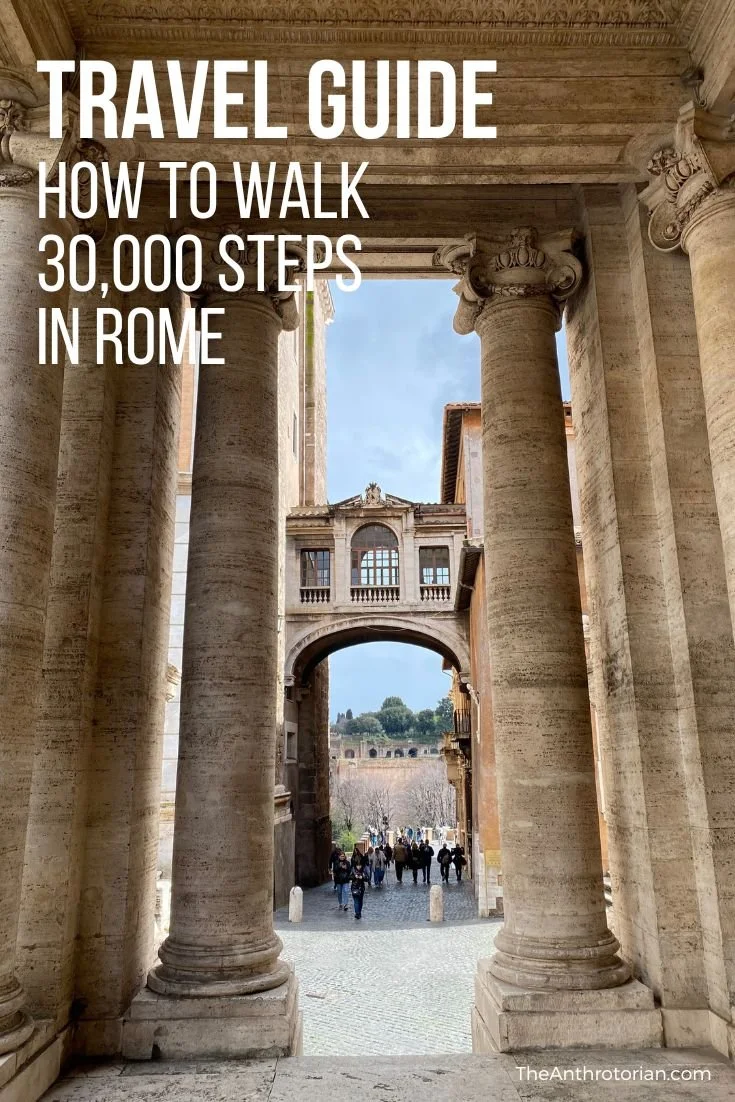*Note: This blog was updated in 2025
UNESCO World Heritage Sites are more than just landmarks or tourist attractions — they are globally recognized treasures that hold significant cultural, historical, and natural value.
Whether a site showcases human ingenuity, natural beauty, or a combination of both, these places serve as a reminder of our shared heritage and responsibility to preserve it for future generations.
A brief history of UNESCO and its mission
UNESCO (the United Nations Educational, Scientific and Cultural Organization) was established in 1945, in the aftermath of World War II, with a mission to promote peace and collaboration through education, science, and culture.
The first World Heritage Sites were designated in 1978 and they included gems like the Galápagos Islands in Ecuador and Yellowstone National Park in the USA. As of 2025, the list has grown to encompass over 1,200 sites across 167 countries, reflecting the vast diversity of our world’s heritage.
Machu Picchu, Peru
How are UNESCO Sites designated?
The process of designating a UNESCO World Heritage Site is extensive and involves several steps:
Nomination by member states: A country submits a site’s dossier, including its cultural or natural significance and a plan for its preservation.
Evaluation by advisory bodies: Expert organizations like ICOMOS (International Council on Monuments and Sites) or IUCN (International Union for Conservation of Nature) assess the site against UNESCO’s strict criteria.
World heritage committee decision: The committee, comprising representatives from 21 member states, makes the final decision during its annual meeting.
To qualify, a site must meet at least one of ten criteria, such as representing a masterpiece of human creativity, being an outstanding example of a traditional human settlement, or containing exceptional natural beauty.
Why are UNESCO World Heritage Sites important?
UNESCO World Heritage Sites play a critical role in preserving our cultural and natural treasures. Here’s why they matter:
Preservation of history: They protect unique sites that might otherwise face destruction from urbanization, conflict, or environmental changes.
Global collaboration: These sites symbolize international cooperation and shared responsibility.
Cultural education: They facilitate and encourage understanding and appreciation of different cultures, promoting peace and dialogue.
Tourism and economic impact: Tourism at these sites contributes to local economies while encouraging sustainable practices.
Palace of Versailles, France
10 well-known UNESCO World Heritage Sites
Machu Picchu (Peru)
Perched high in the Andes Mountains, this 15th-century Inca city showcases advanced engineering and incredible architecture for its isolated location.Great Barrier Reef (Australia)
The world’s largest coral reef system, it teems with marine biodiversity and vibrant underwater ecosystems.Taj Mahal (India)
A symbol of love, this white marble mausoleum was built by Emperor Shah Jahan in memory of his wife Mumtaz Mahal.Stonehenge (United Kingdom)
This prehistoric monument, dating back over 5,000 years, remains an enduring mystery of ancient engineering and spirituality.Serengeti National Park (Tanzania)
Renowned for its annual wildebeest migration, this park is a haven for Africa’s iconic wildlife.Angkor Wat (Cambodia)
The largest religious monument in the world, this ancient complex reflects the grandeur of the Khmer Empire.Acropolis of Athens (Greece)
Home to the Parthenon, this ancient citadel epitomizes classical Greek art, politics, religion, and philosophy.Yellowstone National Park (USA)
The first national park in the world, it features geysers, hot springs, and diverse wildlife.Pyramids of Giza (Egypt)
These ancient wonders, built over 4,500 years ago, are iconic symbols of Egypt’s rich history.Palace of Versailles (France)
A masterpiece of 17th-century French art and architecture, this palace epitomizes royal opulence.
Angkor Wat, Cambodia
How to visit and support UNESCO World Heritage Sites
Visiting a UNESCO World Heritage Site is a privilege and an opportunity to connect with history, culture, and nature. Here are some tips for responsible travel:
Plan ahead: Many sites require advance bookings, especially during peak seasons.
Respect the rules: Follow all guidelines to ensure minimal impact on these delicate sites.
Support local economies:** Choose local guides, accommodations, and restaurants to contribute positively to the community.
Learn and share: Educate yourself about the site’s history and significance, and share your experiences to inspire others to visit responsibly.
UNESCO World Heritage Sites remind us of the beauty of our collective history. By understanding their significance and supporting their preservation, we ensure that these incredible treasures remain for future generations to cherish.
Further Reading and Sources
UNESCO World Heritage Centre: Official website for detailed information about World Heritage Sites, criteria, and updates.
History of UNESCO: Learn about the organization’s founding and its mission to promote education, science, and culture.
World Heritage Convention: Comprehensive details about the 1972 treaty that established the World Heritage program.
Pin Me!
Meet The Author
Lindsay Shapka is an avid traveler and the creator of The Anthrotorian — a website dedicated to sharing travel tips, stories about adventures, culture quirks, artists you should know, fascinating bits of history, and more!
She is also an artist, marketing specialist, editor, and freelance writer who has work featured on websites, blogs, and in magazines like National Geographic Traveler.














If the last few years of travel has taught us anything, it is that airports are busier than ever, and both they, and the airlines, are struggling to keep up with the demand.
Throughout the recent summer and holiday seasons, we were bombarded with images and videos of stacks of lost luggage left in airports all over the world. If you are anything like me, it has made checking a bag seem like a risk that I am not willing to take — especially if I am going for a short trip and don’t want to be without my clothing, etc. for even a day.